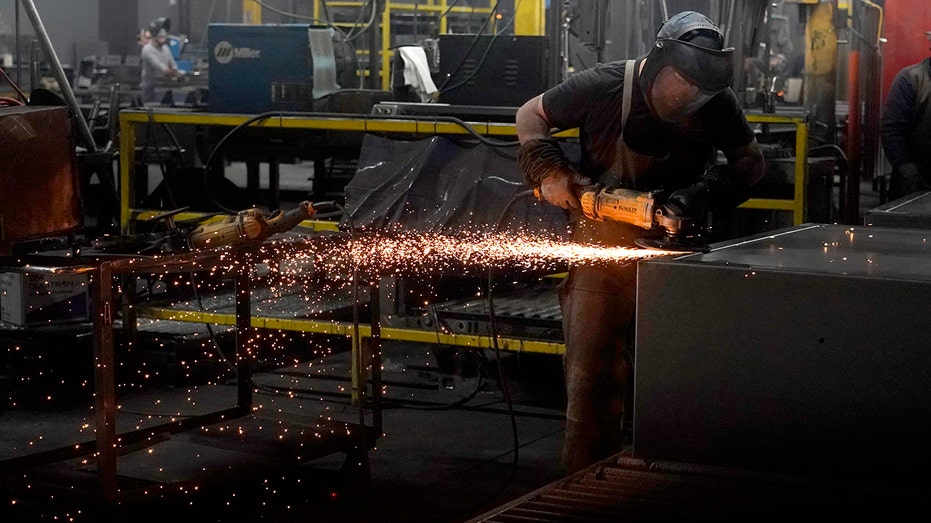Finance
Demand for skilled workers on the rise

Manufacturers are warning of an increasing demand for workers with specialized skills. According to a survey done by the National Association of Manufacturers, employers say their top challenge is attracting and retaining a quality workforce.
“You can’t meet demand if you don’t have enough people to make the products. We want to outcompete the rest of the world. We want America to be the number one manufacturer in the world,” National Association of Manufacturers President and CEO Jay Timmons said. “We’ve got to make sure folks understand what exciting careers are available in manufacturing.”
There are more than 600,000 openings for manufacturing jobs in the U.S., according to May Labor Department data.
“That number is going to rise to about 2.1 million vacancies or open jobs by the year 2030 if we don’t take a different path,” Timmons warned.
CHIPMAKERS PUSH BACK ON U.S. RESTRICTIONS ON SEMICONDUCTOR EXPORTS TO CHINA
Around 1.7 million employees were laid off, quit or left manufacturing jobs in March and April 2020, when the COVID-19 pandemic first took hold. Many of those workers were eventually hired back along with additional people to fill those roles. The number of those working in the manufacturing sector has since surpassed pre-pandemic levels, with around 200,000 additional workers now employed than in January 2020.
“We pay more than any other sector of the economy. The average salary is six digits,” Timmons said. “If you want to be able to provide for your family in the long term, manufacturing is certainly a key way of life.”
Despite the increase in workers, job openings have surged. In January 2020, there were 412,000 available manufacturing jobs. In April 2022, there were over a million. Timmons said workers are needed in every area of the manufacturing sector.
BIDEN MEETS WITH AUTO WORKERS’ UNION PRESIDENT AS CONTRACT NEGOTIATIONS START

“We have an aging workforce right now and so many of the skills that workers need are centered around technology, kind of the manufacturing of the future, digitization of manufacturing,” Timmons said. “Young people today, frankly, they get it. They understand almost instantaneously what is necessary and needed in a manufacturing career.”
President Biden signed the $1 trillion infrastructure bill into law in 2021. As many of those projects get started, manufacturers have said even more workers will be needed.
“You think about infrastructure investment, the Chips in Science Act, which was absolutely critical to our industry, some of the policy priorities of the IRA, those things are all good news for manufacturers,” Timmons explained. “If you add all that together, you need more people.”
Timmons said one solution could be to find additional workers abroad.
“Why don’t we look at immigration policy in an economic sense and say, what can we do to bring people here, perhaps temporarily or perhaps specifically for an industry where we can’t find folks for?” he added. “If we can’t find people, that’s when you’re going to start to see the artificial intelligence or other types of technology being employed to make up for the fact that we can’t find the people.”
High schools in the U.S. have been investing in programs to get young people interested in trade skills.
“I would not have graduated high school without shop class,” Minneapolis Public Schools teacher Zachary Humphrey said. “Chemistry, English, science. Yes, it’s important, but there’s some kids who need some hands-on stuff to graduate.”
Humphrey is an automotive instructor as part of the district’s Career and Technical Education program. Students across the district are able to take specialized classes like auto, engineering and construction. Students say the classes are beneficial for their future career goals.
“We get to go on field trips and meet people like representatives for colleges or unions,” senior Luis Torres said. “We get to make new connections and talk to people, and it’s really to prepare us for a future.”
Read the full article here


















